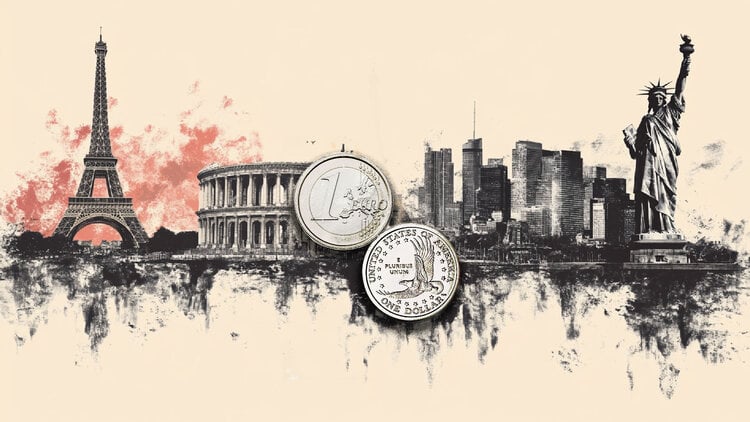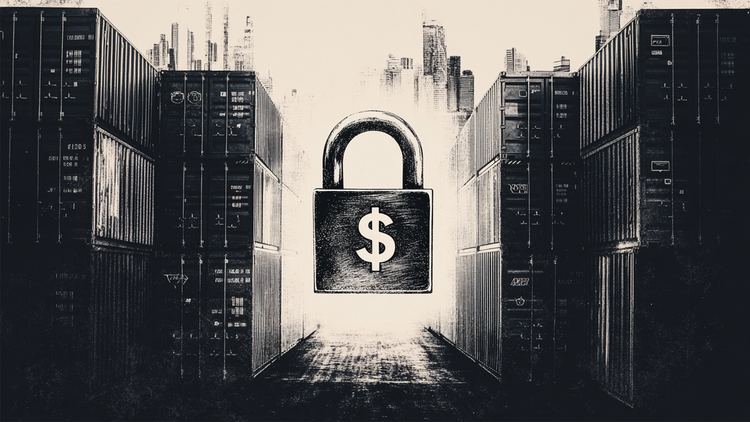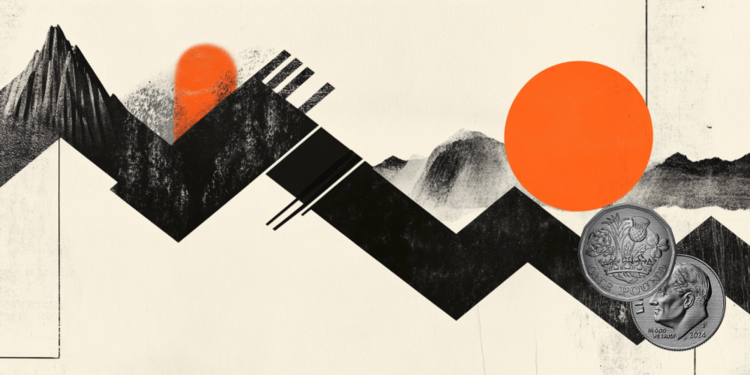Two questions catch everyone’s attention right now: when will the war in Ukraine end and what will be the conclusion of the biggest war conflict that Europe has seen since the Second World War?
Russia invaded Ukraine on February 24 after months of escalation and troop build-up on the border, as President Vladimir Putin blamed NATO – and Ukraine’s willingness to join the alliance – for the crisis, while the bellicose tone rose with each speech.
In between is a long and tense history between Russia and Ukraine, the former Soviet republic, especially after Moscow annexed Ukraine’s Crimean peninsula in 2014 and supported rebels who rose up in the Donbas region. Russia denounces a genocide against populations of Russian origin in the independent regions of Donetsk and Luhansk.
experts heard by CNN point out five possible scenarios for the end of a conflict that leaves thousands dead and millions of refugees.
1 – Russian victory
Since the beginning of the invasion, Russia has been advancing from the north, east and south and towards the main cities of Ukraine. And while it has not been able to take control of any and the speed of advances has been slowed due to strong Ukrainian resistance, Russia maintains a clear military superiority over Ukraine in terms of troops and equipment.
Ukraine has been receiving military aid from the West, which in turn has launched a series of sanctions against Russia that will make the war more difficult.
This first scenario, which must happen soon or the time window could close, refers to the collapse of Ukrainian resistance and a total military victory for Russia, leading to a change of government or the division of Ukraine.
All of Moscow’s objectives would thus be fulfilled: consolidation of the annexation of Crimea, recognition of the breakaway republics of Donetsk and Lugansk, disarmament of the Ukrainian army and an end to Ukraine’s initiatives to join NATO and the European Union.
Subsequently, an empowered Russia can advance security talks with NATO or threaten the Baltic states and Poland – formerly under the influence of the USSR and now in NATO – or even the Nordics who remained neutral.
However, Russian-occupied Ukraine is still at risk of falling into insurgent chaos.
2 – Ukraine win
Ukrainians have shown unity and a willingness to fight, with President Volodymyr Zelensky refusing to leave the capital Kiev despite it being one of the main targets of Russia’s offensive and Russian troops already on the outskirts.
The slowdown in Russia’s advance on all fronts and Moscow’s calls for international volunteers appear to show the exhaustion of Russian troops as Western arms shipments to Ukraine intensify and the effects of sanctions begin to be felt more strongly. force by the Russian population.
“The Russian economy is unlikely to survive under the perpetual weight of current and future sanctions,” former US Ambassadors Dennis Ross and Norman Eisen said in an opinion piece in CNN.
In this scenario, which is also expected to happen soon, the Russian military effort collapses, Ukraine mounts counterattacks through which it recovers some or all of the lost territory, and the situation leads to a peace agreement by which Russia, defeated, withdraws its troops and its claims in the country.
The consequences in Russia could be catastrophic, affecting Putin’s continuity in government or leading the leader to increase internal repression and isolation of the country. Although, over time, the application of sanctions would be negotiated, bringing relief to the population.
3 – Negotiated exit
The Ukrainian and Russian delegations have held four talks so far in an attempt to reach a peace deal, with both sides recently saying that some progress has been made.
Zelensky said Wednesday that the Russian delegation was becoming “more realistic” in its stance. While Russian Foreign Minister Sergei Lavrov said in an interview with the state-run network that there was “some hope of reaching an agreement”.
Added to these signs is a change of discourse in Zelensky regarding the possibility of joining NATO. “For years we have heard that the door is supposedly open (for NATO membership), but now we hear that we cannot enter. And it’s true, we have to admit,” he said on the 16th.
While Lavrov assured on the same day that “the neutrality status is now being seriously discussed together, of course, with security guarantees”.
In this scenario, the talks would turn into a serious negotiation that would eventually reach a ceasefire agreement based on concessions – many of them quite painful and difficult to maintain over time – for both sides.
The deal would end the war, but would not necessarily bring a solution to the Crimea and Donbass issue raised in 2014, even if Kiev formally acknowledges the situation. But both sides could claim a partial victory and the international community could then try to lift sanctions and restore trade relations, although tensions remain.
It is unclear, however, how long it might take to reach an agreement, if it does, or how long it might survive. Ross and Eisen note that “if Russia does not win a decisive victory in the war, Ukraine could come to the negotiating table with greater advantages.”
4 – Uncontrolled climbing
In this scenario, Russia’s military failure in its attempt to take control of all Ukraine is evident, but Putin rejects any withdrawal and decides to escalate the conflict, probably threatening to use its nuclear arsenal, one of the most powerful in the world, as he did in start of the conflict.
In fact, US national security adviser Jake Sullivan told CNN on Sunday (13) that the Biden administration is “concerned about the possibility of an escalation” in relation to Russian President Vladimir Putin’s nuclear stance, although he noted that “we have not seen anything that compels us to change our nuclear policy at this time. “
“We’re watching this very closely and obviously the risk of escalation with a nuclear power is serious, and it’s a different type of conflict than other conflicts that the American people have seen over the years,” he added.
Such an escalation could involve the use of tactical nuclear weapons – low-power warheads designed for use in the context of conventional conflict – against Ukrainian targets.
But it could also lead to threats to use strategic nuclear weapons against members of NATO, which Putin already sees as enemies for their military aid to Ukraine.
The consequences of an escalation of this level may be unimaginable for the planet, but tensions are expected to spread initially across the former Soviet states and now within NATO and that China will be forced to take a more active role.
5 – Stagnation
In this scenario, Russia’s advance stagnates on all fronts, but the invading troops strengthen their positions and hold the conquered territory. Meanwhile, reinforcements and resources are sent to Ukraine.
The Ukrainians, on the other hand, have a defense that Russia cannot penetrate, but they find it difficult to go on the offensive. Western aid is maintained, but NATO doses its participation to prevent further escalation.
The conflict, in this way and in the face of the failure of peace negotiations, diminishes in intensity and becomes a war of positions, similar to the one faced by separatists in Donbas and the Ukrainian government since 2014, which can last up to years. Meanwhile, living conditions in Russia are collapsing due to sanctions, and the country is starting to look for possible alternatives that could bring it closer to China and India.
A long war in Europe could then have destabilizing effects across the region, similar to the break-up of Yugoslavia in the 1990s, or the wars in Iraq, Syria and Yemen in the Middle East.
*with information from Stephen Collinson, Ivana Kottasová, Olga Voitovich, Paul P. Murphy, Antonia Mortensen, Clare Foran, Niamh Kennedy and Jeevan Ravindran
Source: CNN Brasil
I’m James Harper, a highly experienced and accomplished news writer for World Stock Market. I have been writing in the Politics section of the website for over five years, providing readers with up-to-date and insightful information about current events in politics. My work is widely read and respected by many industry professionals as well as laymen.







